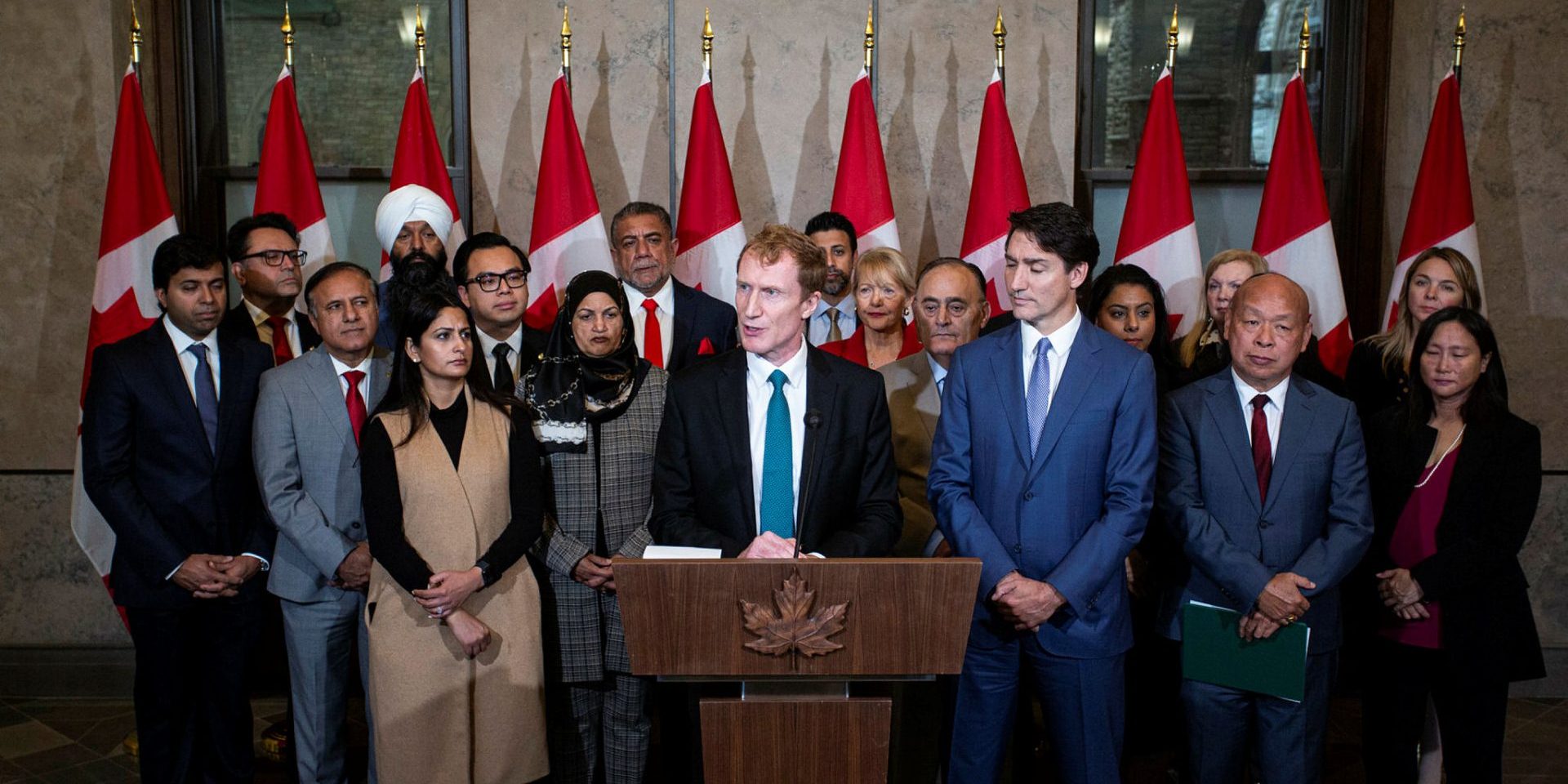
Canada Can’t Afford Immigration Cuts—But It Must Refocus Immigration Policy with Purpose
Experts warn: Populist immigration caps risk economic collapse while smarter, targeted immigration could solve labour and population crises
Canada’s heated immigration debate reached new heights this week as Conservative Party leader Pierre Poilievre reignited calls for “hard caps on immigration”—including a radical suggestion that more people should leave the country than arrive over the next few years.
While the statement was politically charged, immigration experts and economic analysts warn that such a move could cripple Canada’s economy, harm public services, and worsen the country’s growing brain drain.
In contrast to short-sighted rhetoric, analysts are calling for a smarter, more targeted immigration strategy—one that supports Canada’s labour market, population growth, and fiscal health.
Why Slashing Immigration Now Would Be Economically Devastating
Canada’s population stalled at 41.5 million in Q1 2025—its slowest growth in over a decade. Businesses across sectors are now reporting crippling labour shortages, with small businesses, healthcare providers, and universities among the hardest hit.
According to the Canadian Federation of Independent Business, 55% of small businesses are struggling to fill positions. In hospitality and retail, vacancy rates reached 22%, with many employers reporting unfilled shifts, delays in operations, and revenue loss.
In 2025:
- A Toronto café closed its second location due to a lack of staff
- A construction firm in Alberta delayed multiple projects, facing a 20% workforce gap
- Retailers in Calgary reported a 15% drop in sales, citing reduced consumer traffic
Immigrants make up 30% of the workforce in these sectors, and 80% of Canada’s population growth has been driven by immigration in recent years. A decline in immigration means lower demand, fewer customers, and slower economic momentum.
Colleges and Universities Are Facing a Financial Crisis
Canada’s post-secondary institutions are reeling from the 2025 federal cap on international study permits. With international student numbers down by 50%, the $37.3 billion annual contribution these students make to the economy is shrinking fast.
Some Ontario institutions have:
- Cut staff by hundreds
- Shuttered campuses
- Reported massive tuition revenue shortfalls
This decline also affects local economies. In cities like Toronto, Halifax, and Vancouver, students fill thousands of part-time jobs and contribute significantly to housing demand and consumer spending.
Rather than support targeted educational growth, Poilievre’s immigration freeze would worsen institutional collapse, damage communities, and cut off essential labour.
Canada Is Facing a Brain Drain—And Can’t Afford to Lose More Talent
In 2024, over 106,000 Canadians emigrated, the highest in nearly 60 years. Young professionals, tech experts, and healthcare workers are leaving for better salaries and lower taxes abroad, particularly to the U.S.
Ontario alone accounted for 48% of these departures. Yet instead of expanding efforts to retain talent, Poilievre’s plan would make it even harder to replace those who leave.
Canada’s best counter to brain drain is to streamline permanent residency for skilled temporary residents—such as tech workers, healthcare staff, and tradespeople already living and working in Canada.
Immigration Must Be Tied to Labour Market Needs
Canada’s immigration system must evolve, but that doesn’t mean shrinking it. Instead, policymakers need to:
- Target critical shortages (e.g. 305 doctor vacancies in Toronto)
- Streamline credential recognition (e.g. B.C.’s pilot program for foreign-trained doctors)
- Use job offers to match newcomers with underserved regions
- Prioritize economic-based immigration over political quotas
Even Canada’s French-language immigration stream—intended to support bilingualism—can be redesigned to better serve labour market needs by favoring in-demand occupations like nursing and construction, rather than focusing on language alone.
Temporary Residents Are a Ready-Made Talent Pool
Over 40% of new permanent residents in 2025 will come from temporary residents already in Canada—students, workers, and graduates who are already integrated into Canadian life.
Instead of capping them out, Canada should:
- Fast-track pathways to PR for in-demand workers
- Reduce application wait times from 18+ months
- Align transitions with regional labour gaps
For example, a construction worker on a valid work permit in Alberta—where job vacancies exceed 20%—should not be forced to leave due to delayed PR processing.
Fixing the Asylum System Is Key to Restoring Trust
Canada’s refugee system is overwhelmed, with application backlogs exceeding 88,000 claims and processing times stretching from 25 to 41 months.
While Poilievre uses this issue to argue for broader immigration cuts, the real fix lies in:
- Hiring more adjudicators
- Accelerating claim decisions
- Digitizing processes for efficiency
- Differentiating legitimate claims from fraudulent ones
Immigration policies must be measured and fair, not driven by fear-based messaging.
Stalled Population Growth Poses Recession Risk
Canada’s economic growth is forecasted at 1.5% in 2025, heavily reliant on immigration to support both the workforce and consumer base.
A 10% drop in immigration could slash GDP growth by 0.5%, pushing the country into a mild recession and worsening:
- Labour shortages
- Tax revenue declines
- Public service strain
Without population growth, retail, housing, education, and healthcare sectors all risk collapse. This is not a political theory—it’s economic fact.
Rejecting Populism: The Case for Smarter Immigration
Poilievre’s rhetoric resonates with public frustrations over housing prices, healthcare delays, and rising costs, but his solutions fall flat—cutting immigration won’t fix these issues.
Instead, Canada needs:
- Regionally focused immigration quotas
- Incentives for settlement in low-density areas
- Faster PR processing
- Better alignment between newcomers and job markets
The answer isn’t less immigration—it’s smarter immigration.
Conclusion: A Balanced and Purposeful Path Forward
Canada’s future depends on people—on workers, students, innovators, and communities growing together. Immigration isn’t the problem; it’s a powerful solution when managed with precision.
To protect the economy, stabilize essential services, and combat brain drain, Canada must reject divisive politics and double down on evidence-based immigration policies.
For a consultation about Immigration options, reach out to the CAD IMMIGRATION today!





